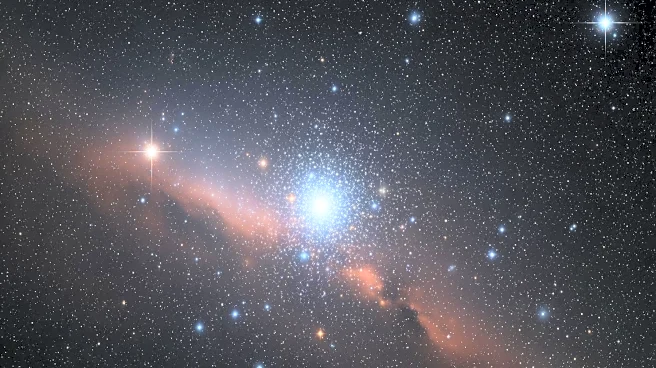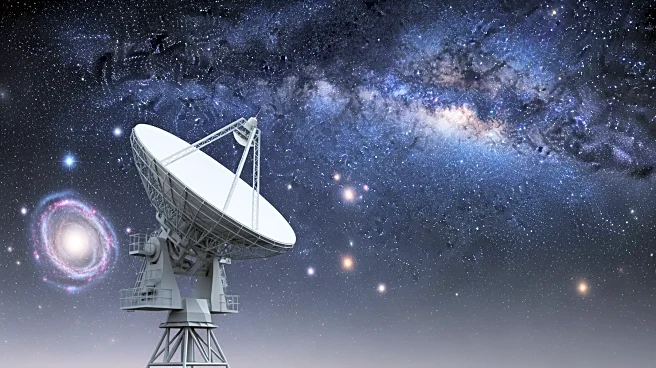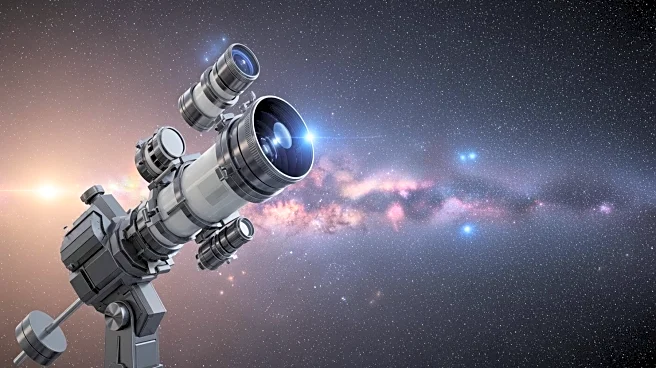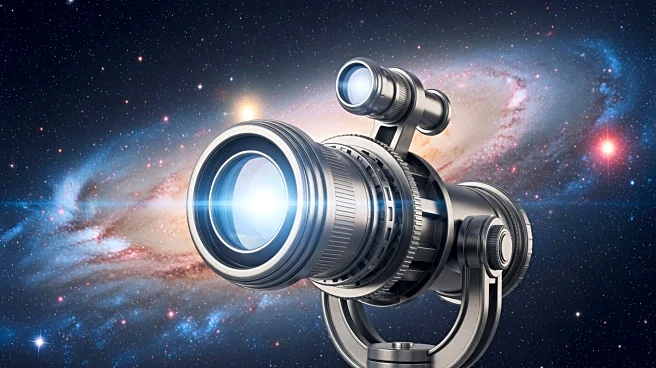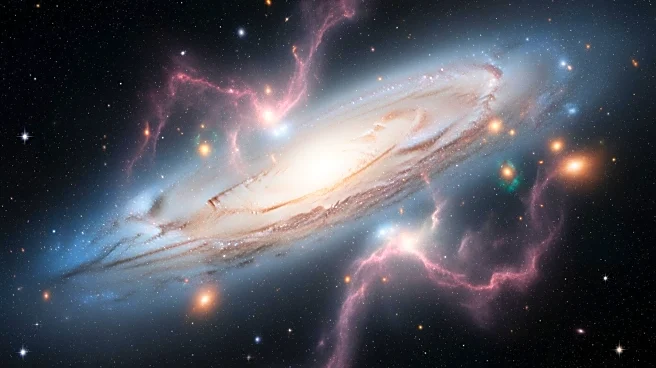What's Happening?
Astronomers have discovered that the Pleiades star cluster, traditionally known for its 'Seven Sisters,' contains around 20 times more stars than previously thought. Using data from NASA's TESS and the European
Space Agency's Gaia, researchers from UNC-Chapel Hill identified new members of the cluster by measuring the rotational speed of stars. This method allows scientists to determine familial associations between stars, revealing that many stars near the sun are part of larger stellar families.
Why It's Important?
This discovery has significant implications for the study of young star systems and the understanding of stellar evolution. By identifying more stars within the Pleiades, astronomers can gain insights into the formation and development of star clusters. Additionally, the cultural significance of the Pleiades, which has been referenced throughout history, adds a layer of interest to the findings. Understanding the hidden architecture of our galaxy can also provide clues about the origins of our solar system.
What's Next?
The new approach of mapping stars by tracking their rotation could lead to further discoveries of extended stellar families. Researchers may continue to apply this technique to other star clusters, potentially uncovering more hidden relationships. This could enhance our understanding of the Milky Way's structure and the processes that govern star formation and evolution.
Beyond the Headlines
The discovery challenges traditional views of the Pleiades and highlights the dynamic nature of astronomical research. As scientists uncover more about the hidden structures of our galaxy, the findings could influence educational and cultural narratives about the cosmos. The study also emphasizes the importance of advanced technologies like TESS and Gaia in expanding our knowledge of the universe.
